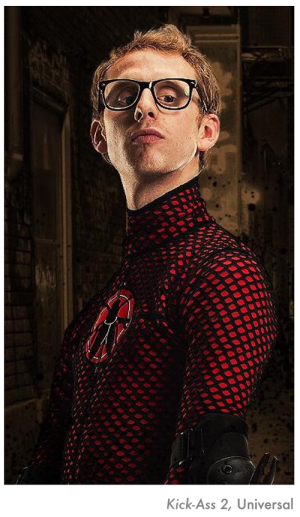Taking inspiration from the “Bechdel Test,” which examines the way female characters are portrayed and situated within a narrative, GLAAD developed its own set of criteria to analyze how LGBTQ characters are included within a film. The “Vito Russo Test” takes its name from celebrated film historian and GLAAD co-founder Vito Russo, whose book The Celluloid Closet remains a foundational analysis of LGBTQ portrayals in Hollywood film. These criteria can help guide filmmakers to create more multidimensional characters, while also providing a barometer for representation on a wide scale. This test represents a standard GLAAD would like to see a greater number of mainstream Hollywood films reach in the future.
To pass the Vito Russo Test, the following must be true:
- The film contains a character that is identifiably lesbian, gay, bisexual, and/or transgender.
- That character must not be solely or predominantly defined by their sexual orientation or gender identity. I.E. they are made up of the same sort of unique character traits commonly used to differentiate straight characters from one another.
- The LGBTQ character must be tied into the plot in such a way that their removal would have a significant effect. Meaning they are not there to simply provide colorful commentary, paint urban authenticity, or (perhaps most commonly) set up a punchline. The character should “matter.”
Less than half (7) of the 17 major studio films GLAAD counted LGBTQ characters in managed to pass the Vito Russo Test this year, compared to 6 out of 14 inclusive films released in 2012. Clearly there is a lot of room for improvement in Hollywood film. With this annual report, GLAAD will continue to track the industry’s progress.













